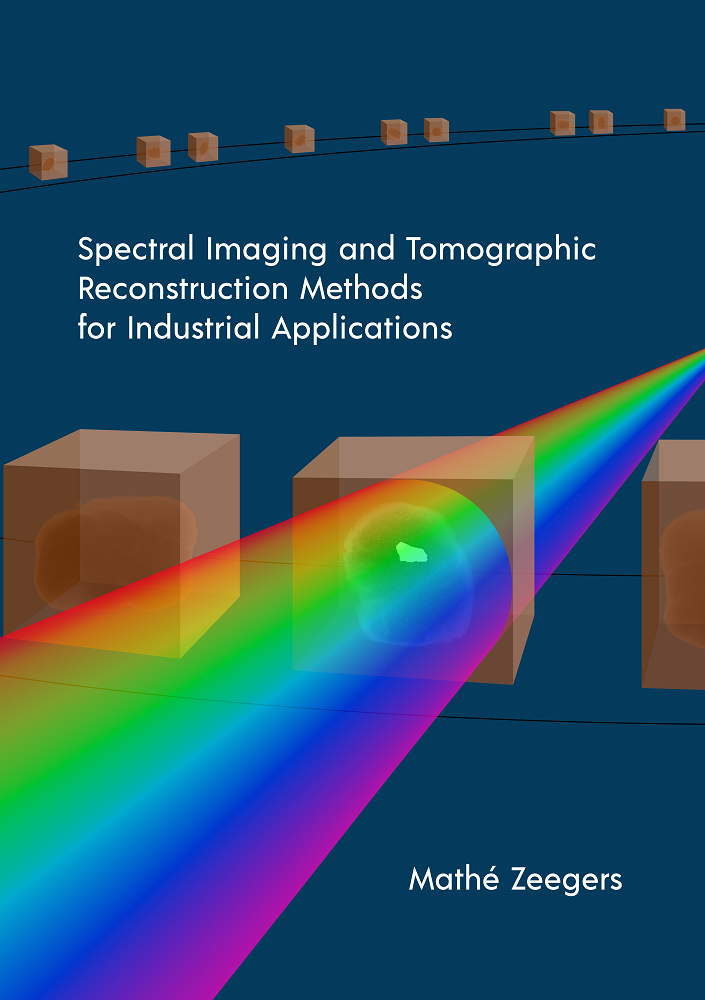
Towards no more glass in the jam with better X-ray scanners
X-ray and CT scanners are widely used devices in research, diagnostics and the industrial sector. And yet they are not nearly as fast and accurate as we would like. Mathé Zeegers is researching the newest technique in the field at the Centre for Mathematics and Computer Science: spectral X-ray imaging. He will receive his PhD on 31 May from Leiden's Faculty of Science.
From luggage screening to hospital diagnostics, X-ray imaging is an important technique for analysing the inside of objects. This radiography is also indispensable in industry, for example in safety checks for manufacturing errors or the presence of unwanted (small) objects in food products. This still does not always go well, says Mathé Zeegers: 'Google any product and "supermarket" and you will find a recall due to a problem with that product.' Even a small piece of glass in jam, for example, is difficult to distinguish.
Broad spectrum
Zeegers enjoyed immersing himself into these problems. 'There was maths, physics, computer science, data science and programming: that fits well with my broad interests.' In his research, the mathematician and computer scientist focused on a recent development: spectral X-ray imaging. 'You can distinguish materials more accurately on spectral X-ray images. Compare it to a colour camera versus a black-and-white camera.' On an ordinary X-ray image, you might see differences between bone and other tissue, but you cannot distinguish all materials.
Powdered sugar or something explosive
Spectral X-ray imaging offers more possibilities, Zeegers explains. 'You fire a beam of X-rays at the object with rays that all have different energy levels (wavelengths) with a certain intensity. Inside the object, different materials block the rays to different degrees. The detector on the other side of the object then captures the rays and measures the remaining intensity for each wavelength.'

Because the effect each material has on the passing radiation is known, the radiation pattern captured by the detector can reveal what is inside the object. 'For example, whether the powder in someone's suitcase is just icing sugar or something explosive.'
Learning algorithms and spectral 3D images
Artificial intelligence plays a big role in improving X-ray scanners. Machine learning enables machines to process large amounts of information quickly. 'By efficiently collecting a lot of data with CT, we can train them on specific tasks.' In the process, Zeegers developed several CT algorithms to properly process spectral X-ray images into a 3D image. 'You have to imagine a scanner rotating around an object while photographing it. All those spectral images have to be processed in a smart way into an accurate 3D image.'
That succeeded. 'One of the best moments was when we subjected a hyperspectrally examined ore sample to our algorithm. The algorithm indicated exactly where in the sample the lead was and where the gold was.' The newest hyperspectral scanners will not immediately become operational in every factory, Zeegers expects. 'But I do think that spectral X-ray imaging is going to take off in a big way.' So remember that term, for the next time you want to distract a customs officer with a clever question.

Mathé Zeegers will receive his doctorate on 31 May for the thesis Spectral Imaging and Tomographic Reconstruction Methods for Industrial Applications.
